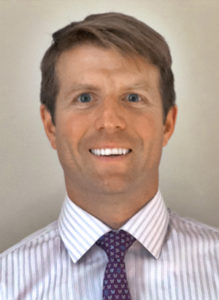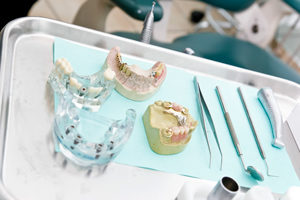Tru Family Dental seeks technologies that serve both dentists and their patients.

Tru Family Dental places technology decisions in the hands of their doctors, according to Brandon R. Halcott, co-founder and president. “Our doctors determine what they want to utilize in their practice for patient care so that they can deliver on our goal of providing exemplary patient experiences,” he says. “With this goal in mind, Tru Family is not likely to stray from its mission of delivering a lifetime of healthy and happy smiles to our patients.” That said, the newest technology and products will help dentists deliver optimal patient care, he points out.
“When our doctors and PC owners evaluate new technology, they start by asking whether it will help us deliver on our mission,” he says. “If the answer is yes, then we as the DSO work with our vendor partners to provide our supported dentists with the education and training necessary to incorporate these tools into their practice.” It’s a collaborative process, he adds. “A great example of this is our partnership with Dentsply,” he says, noting that many Tru Family-supported dentists utilize Dentsply’s WaveOne endodontic system. “Dentsply provides private educational seminars for Tru Family doctors, thereby allowing them to bring a new suite of service into their practice.
“The incorporation of new technology within the dental practice requires operational changes to reach full implementation,” he continues. “Together with its vendor partners, Tru Family Dental makes sure all dental team members are trained on the merits of the technology and fully understand how it will fit into the office workflow.”
Determining need
“As a DSO, we work with our supported dentists to determine what types of technology they require to deliver the best possible care,” says Halcott. “Then we work to put programs in place to ensure they can deliver on that.” That said, it’s not necessary that all locations across the DSO utilize the same technology or products, he notes. “We work with our PC owners and dentists to establish a baseline set of clinical technologies for each office,” he says. Once those needs are met, the office is free to select a specific product, he explains.
 In Halcott’s experience, digital technologies, such as digital impressions, are quickly gaining traction among dentists. Millennial doctors in particular are interested in fully digital, paperless offices with access to cloud-based patient records and images, he points out. They also depend on intra-oral cameras and televisions in each operatory for the purpose of educating patients on their treatment plan. “Beyond these must-haves, we are actively pursuing implant technologies, which we believe is the future of dentistry.” As patients become increasingly aware of this technology, they request it more frequently, he adds.
In Halcott’s experience, digital technologies, such as digital impressions, are quickly gaining traction among dentists. Millennial doctors in particular are interested in fully digital, paperless offices with access to cloud-based patient records and images, he points out. They also depend on intra-oral cameras and televisions in each operatory for the purpose of educating patients on their treatment plan. “Beyond these must-haves, we are actively pursuing implant technologies, which we believe is the future of dentistry.” As patients become increasingly aware of this technology, they request it more frequently, he adds.
In short, dental practices that are slow to adopt new technology risk losing both talented doctors who depend on such tools to provide “best-in-class” treatments, and their more educated patients who expect an increasingly higher standard of care, notes Halcott. “Today’s savvy patients look for dental offices that provide optimal care using the latest technology,” he says. “Not only are the outcomes better, the patient benefits from a higher-quality experience.”

